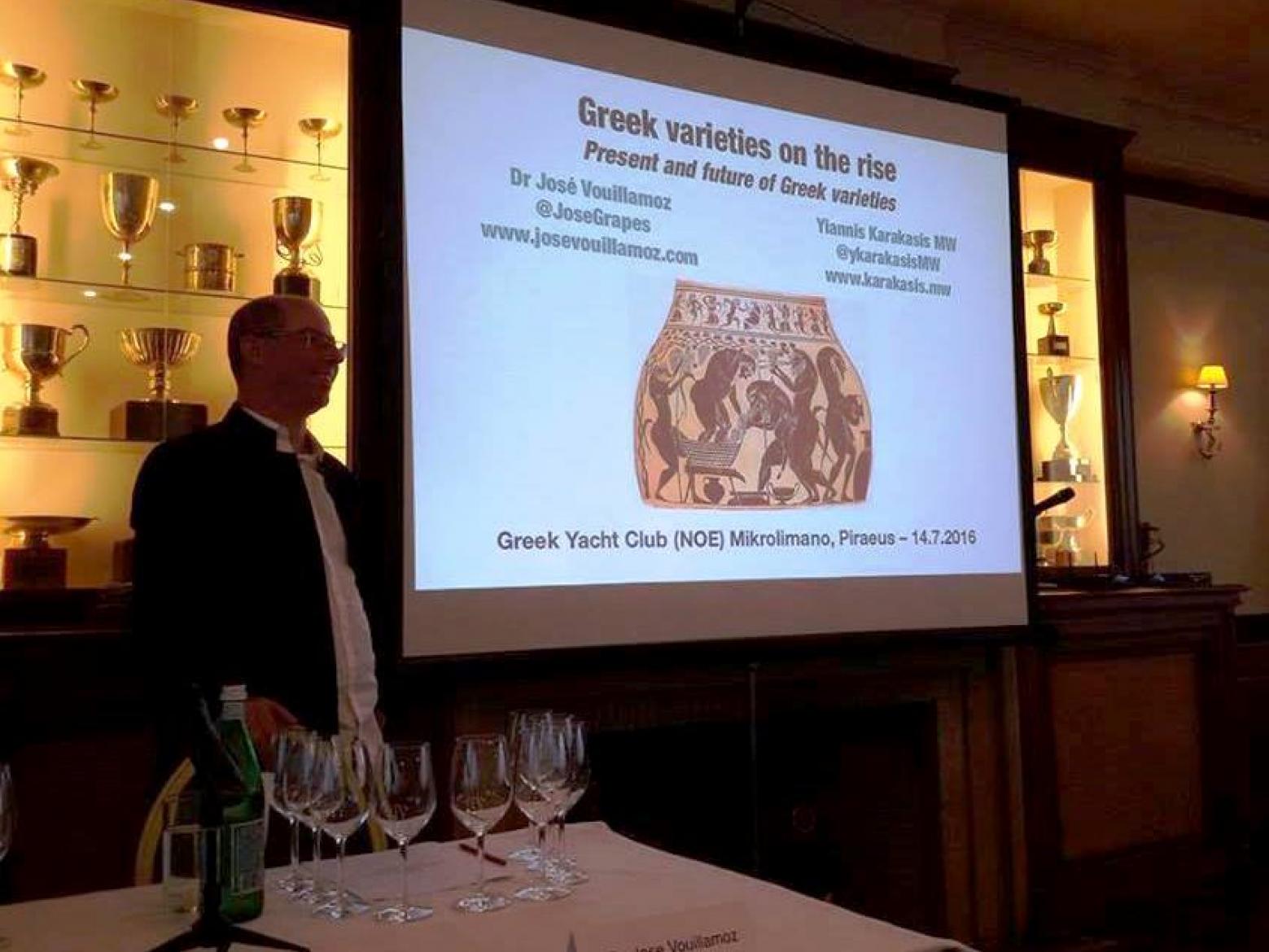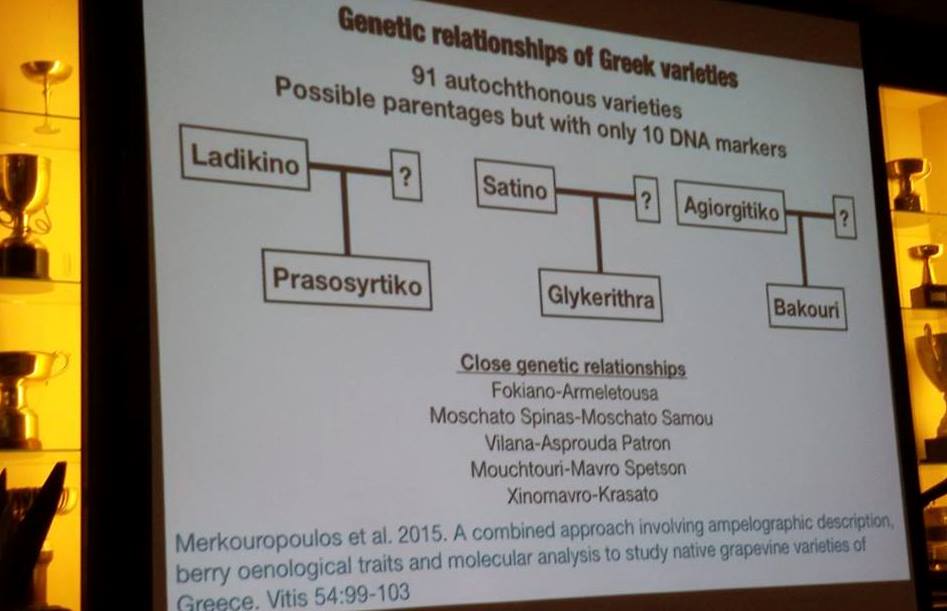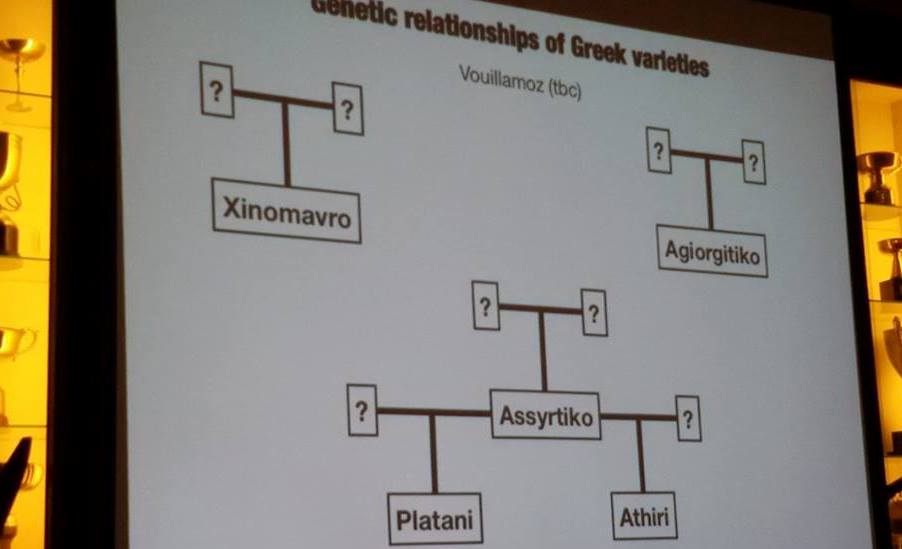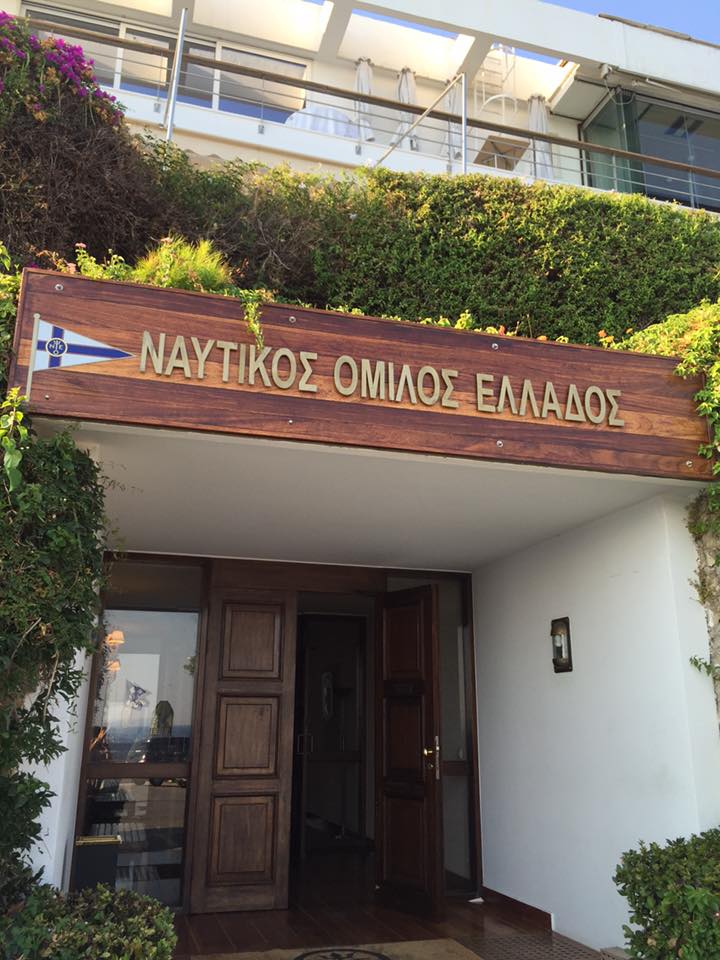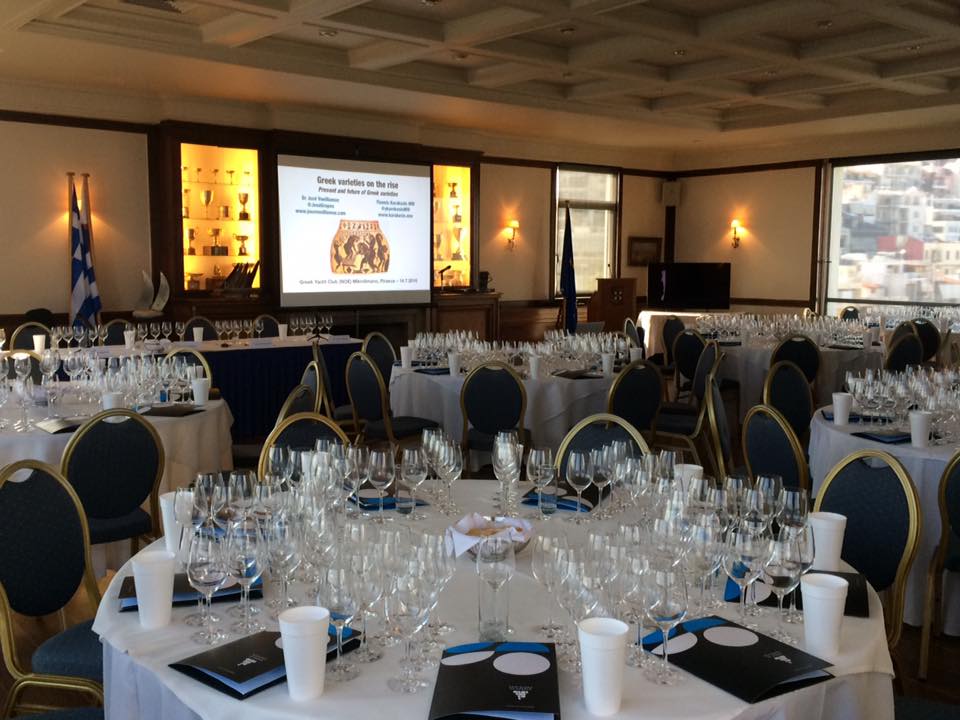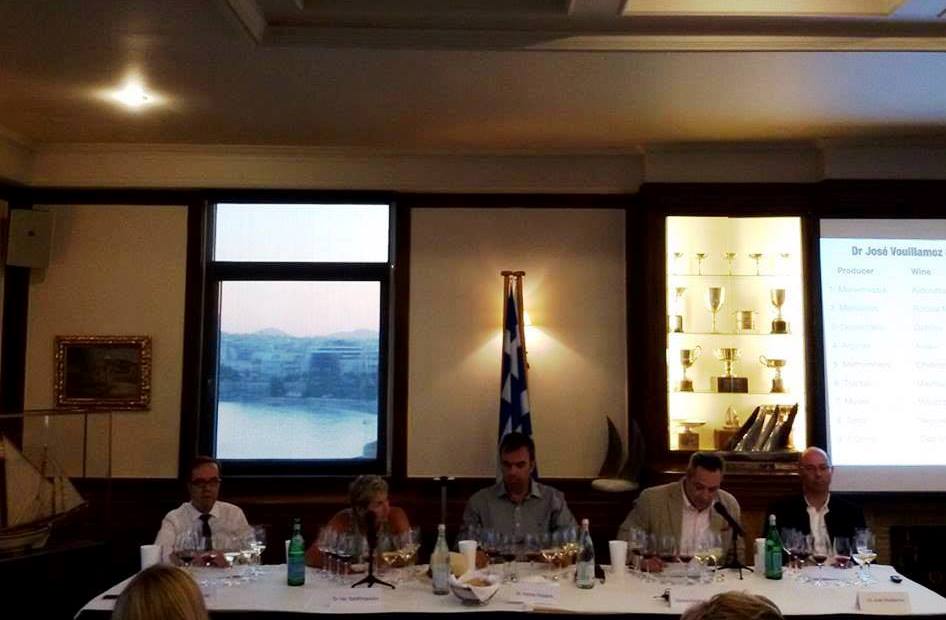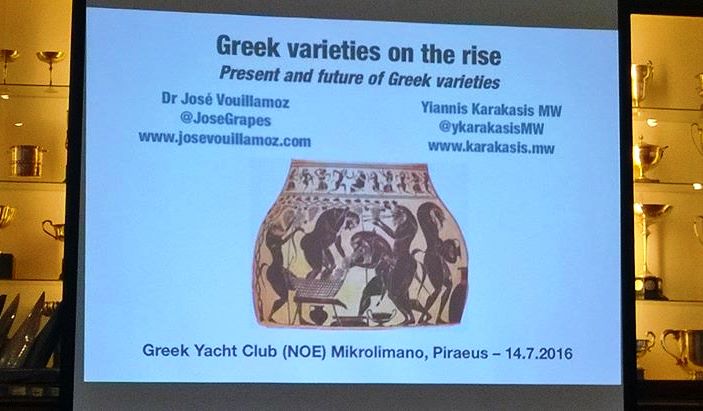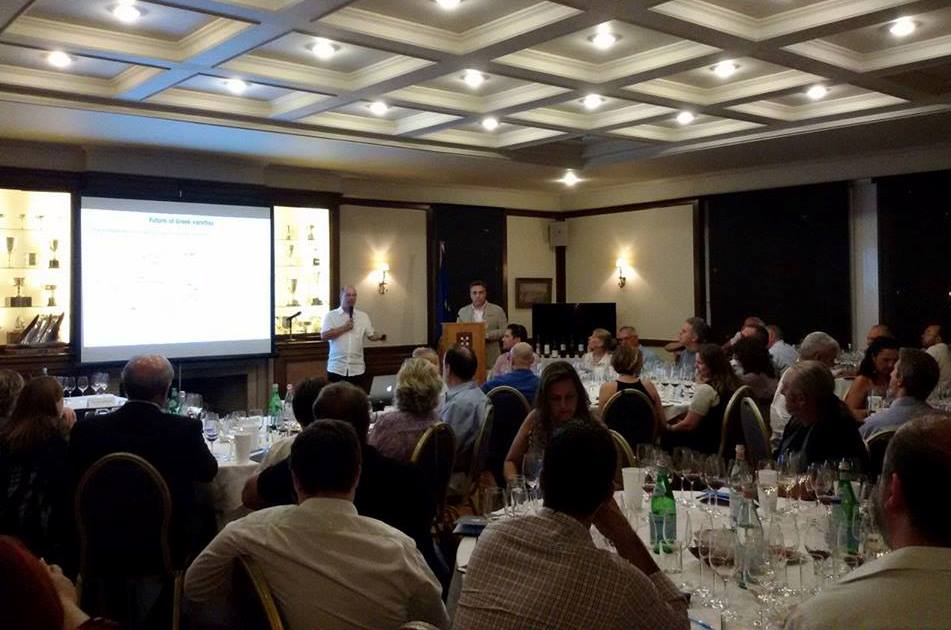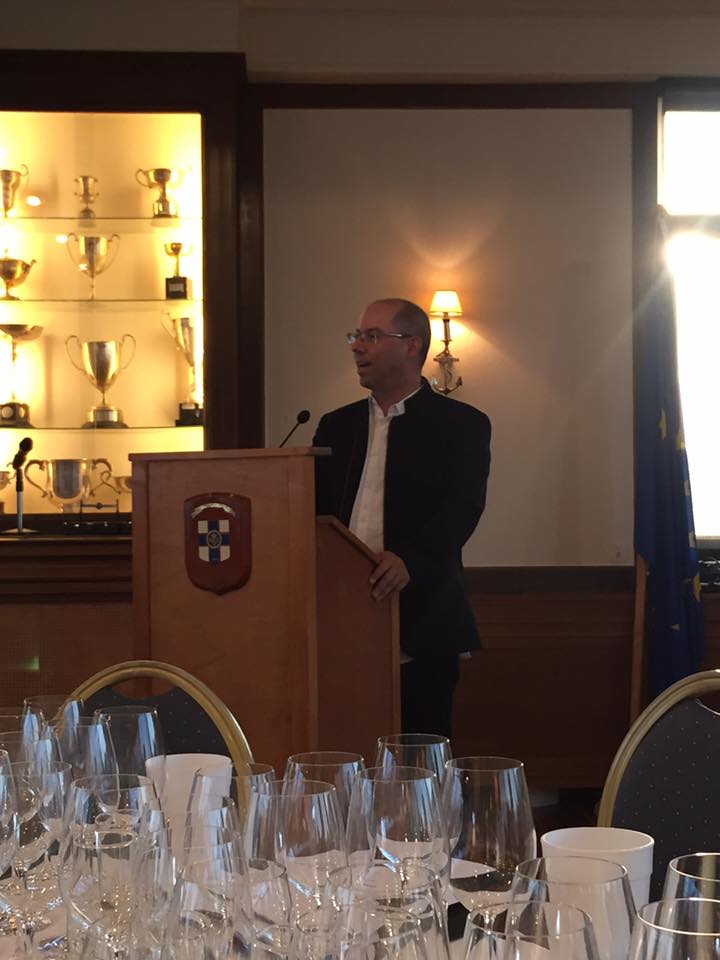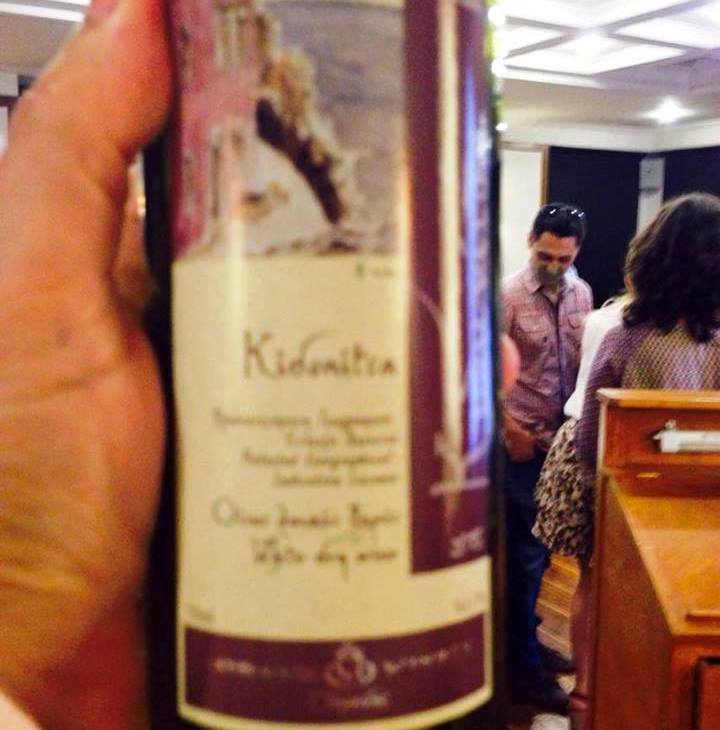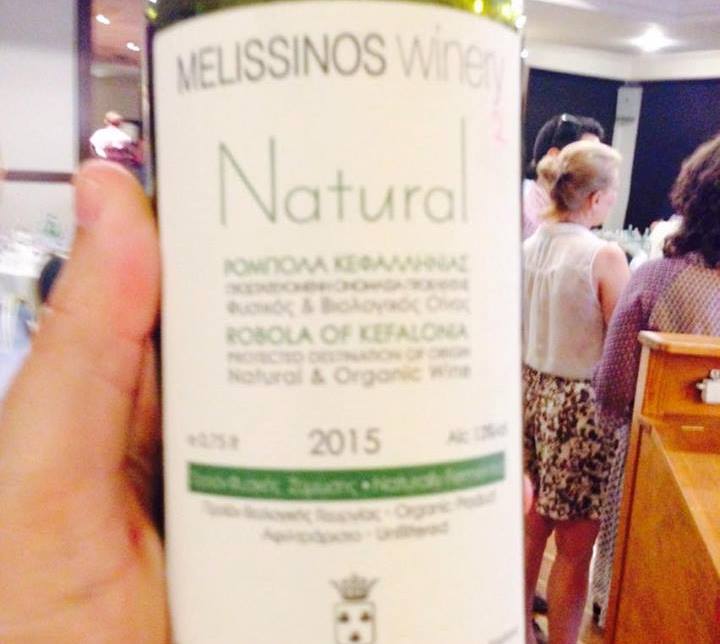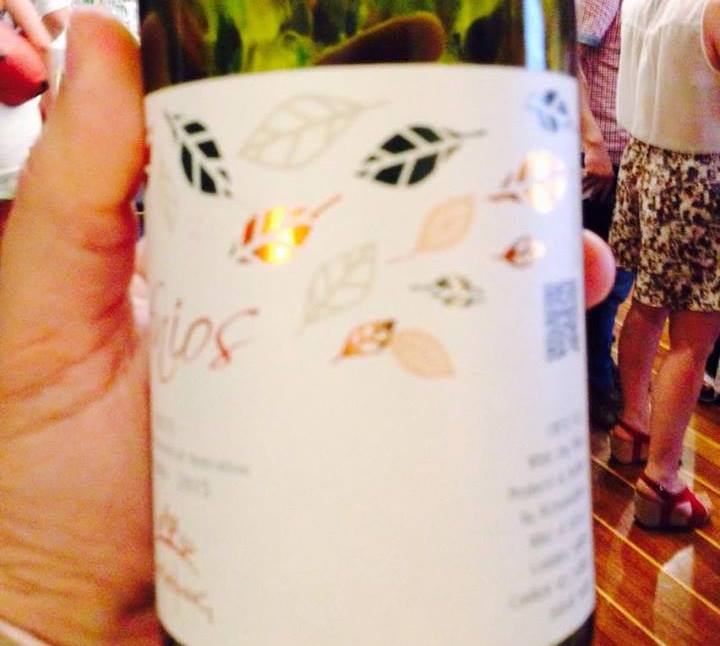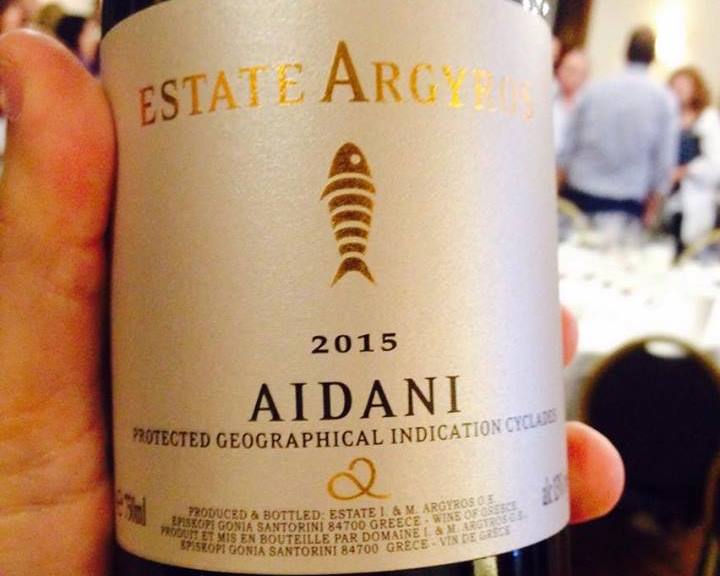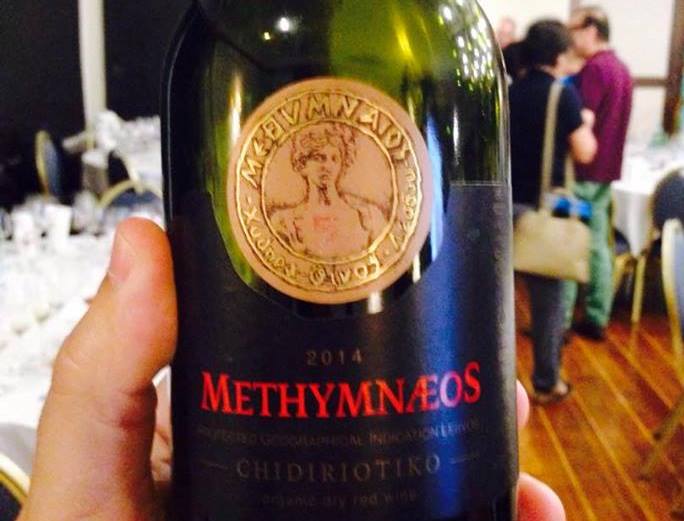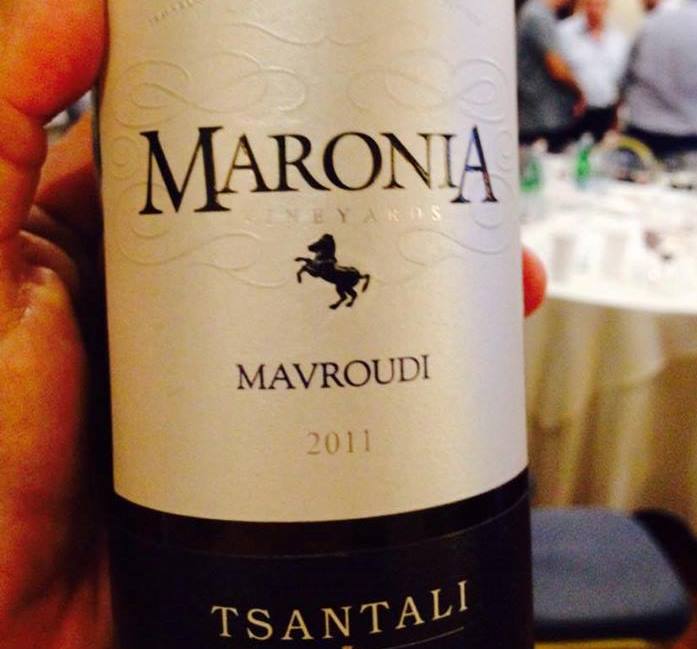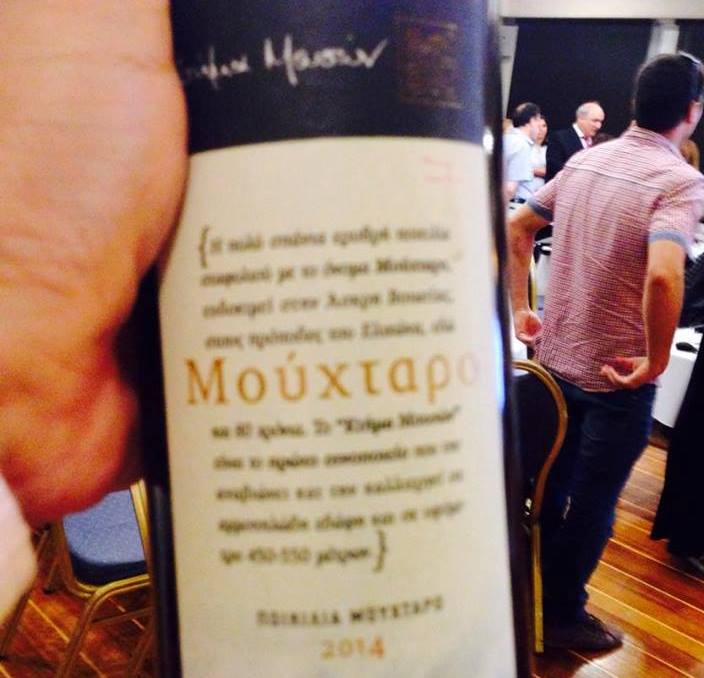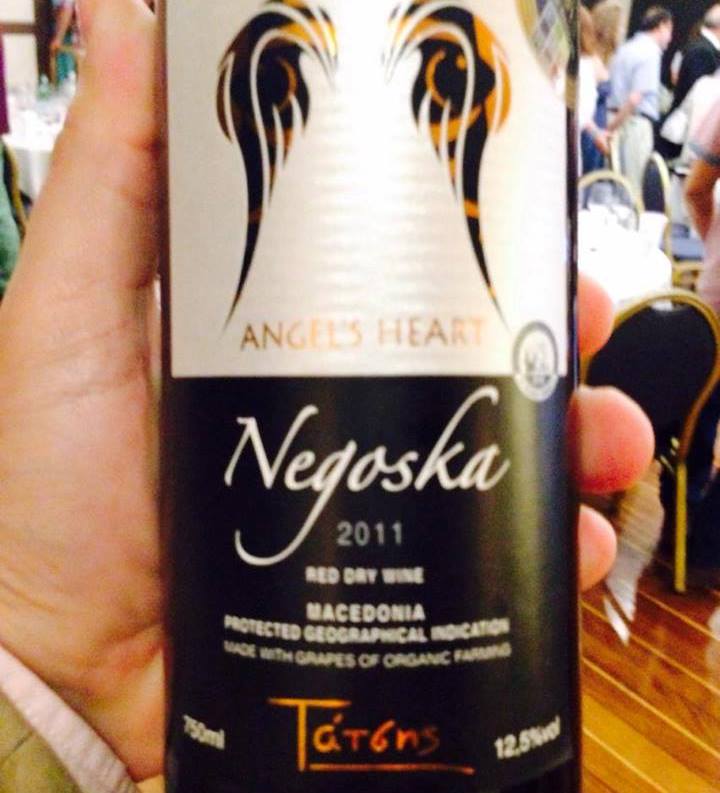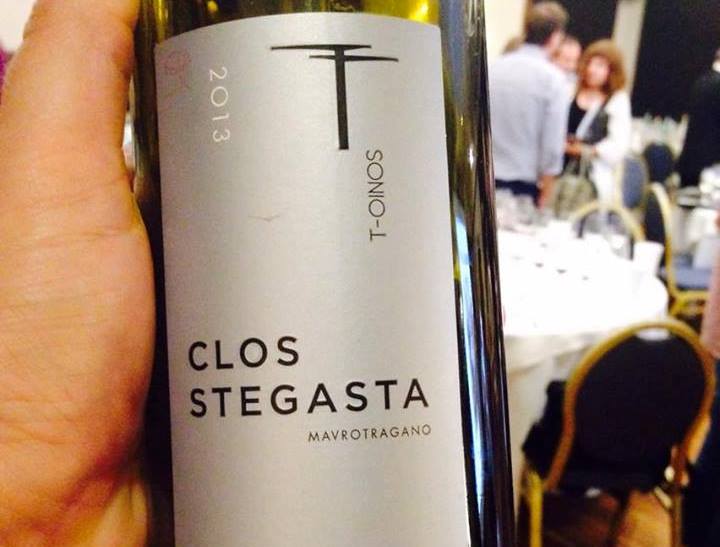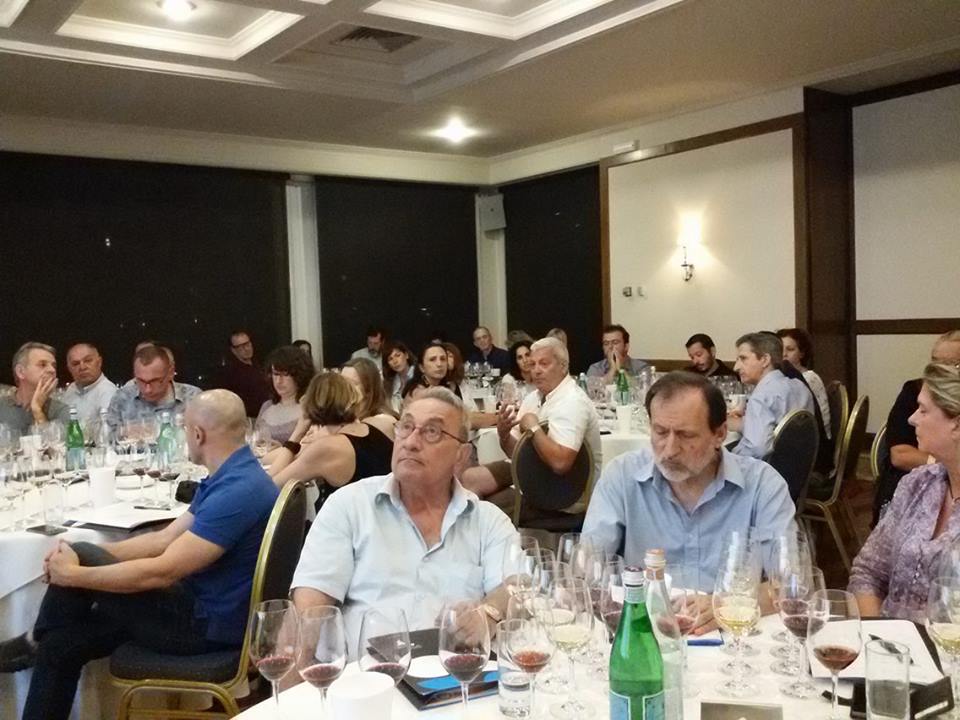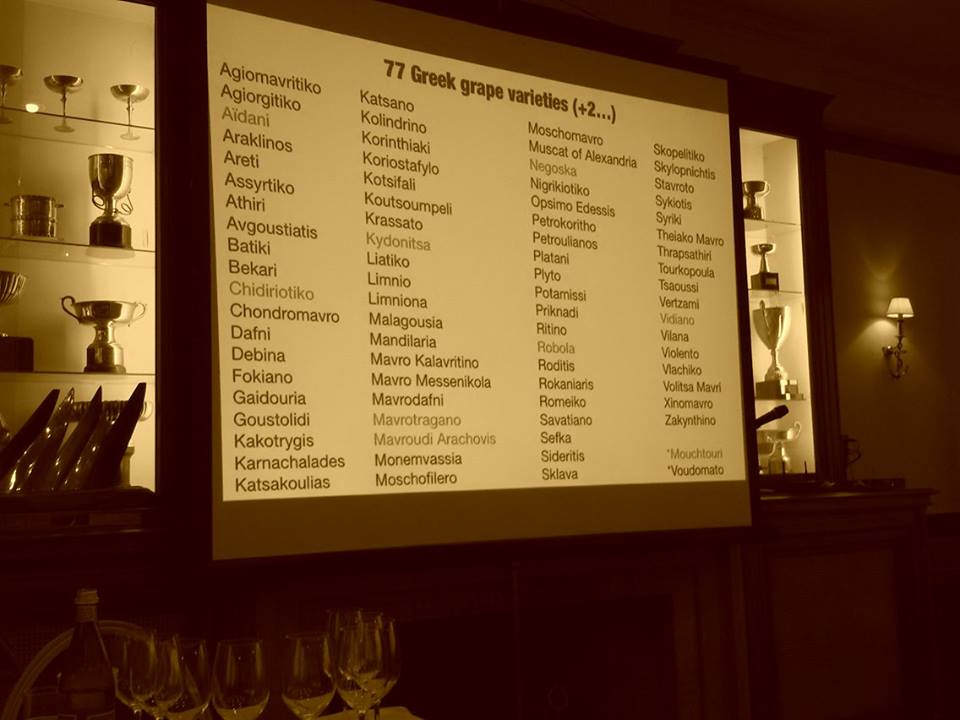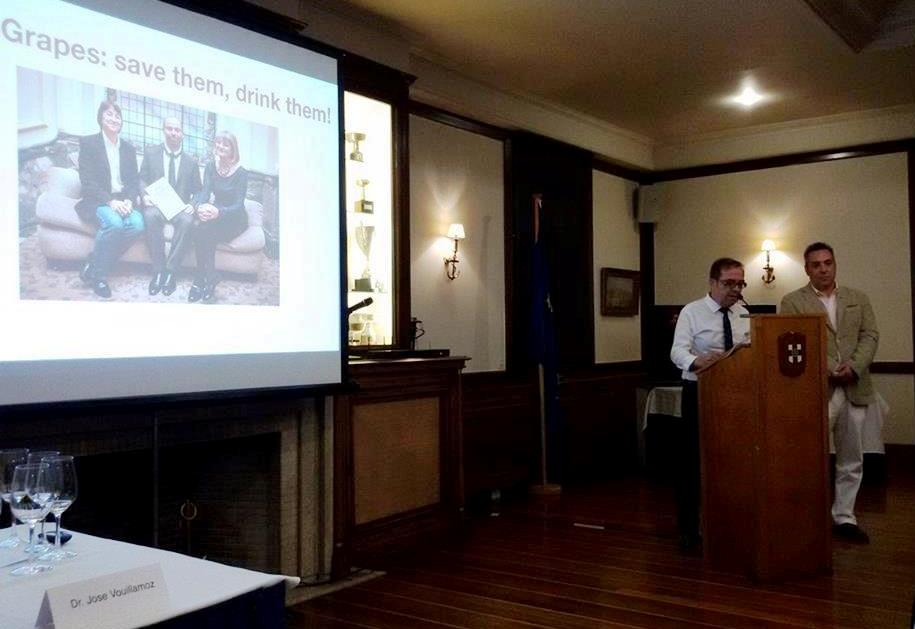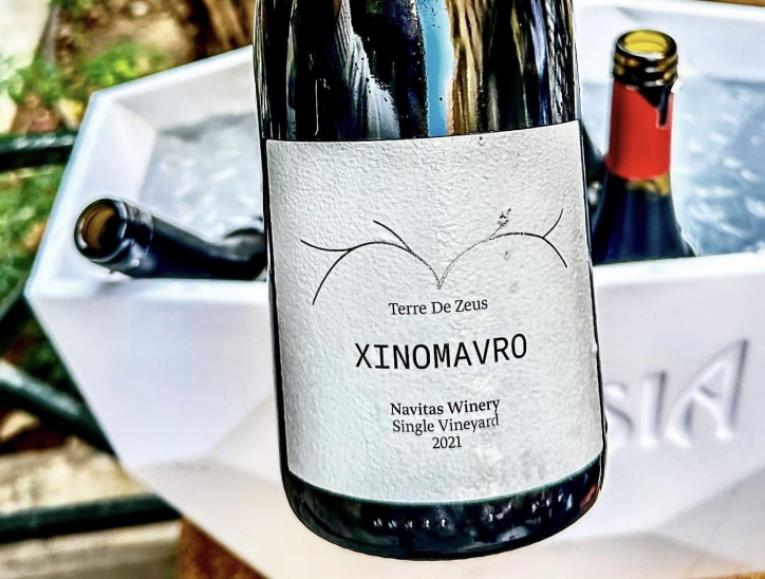Greek Varieties on the Rise: food for thought
A few months ago I had the chance of interviewing the famous French ampelographer Jean-Michel Boursiquot during one of his visits in Nemea. I asked him several things that you can read here but I think the most intriguing part was his answer in my question of how much do we really know about Greek varieties. ''I would say that for main varieties you know about 50% and for the rest almost nothing! And I suppose there will be a lot of surprises as we proceed'' he responded.
I must admit that Boursiquot's comment did not come exactly as a shock but nevertheless shook me hard since Greek wine's strategy relies mainly on indigenous varieties for a comparative advantage in premium markets. An excellent Syrah may be profound in terms of quality but will obviously have to compete dozens of others in the same price tag; a good Assyrtiko or Xinomavro however, will stand on its own making a unique statement.
I was therefore both curious and excited for the upcoming masterclass on Greek varieties with Dr. José Vouillamoz (grape geneticist and co-author of Wine Grapes) in Athens. We met in Plovdiv last year and after chatting for about five minutes we were ready to collaborate on a tasting of obscure Greek varieties discussing their present and the future. José is both a great speaker and a very humble person enjoying very much Greece and Greek wine. He started his presentation discussing the origins of viticulture stating that the main grape domestication centre is located in Near East (South Eastern Anatolia) while other secondary centres may exist in Iberia or even Greece. Unfortunately, we do not know much about Greece since there is no study and in the biggest research so far about origins of cultivated vine in 2006, no sample of Greek wild vine was included.
Moving on, Vouillamoz made reference to a number of Greek genetic studies from 1998 (Stavrakakis & Biniari focusing on Muscat family), early 2000's when Roumbelakis-Angelakis created the Greek data base for varieties which is a good starting point, yet needs to be reactivated and many more. In 2007 Stavrakakis & Biniari identified close genetic relations for varieties such as Vidiano (linked to Thrapsathiri and Vilana) and Robola (linked to Goustolidi) while in 2015 Mercouropoulos researched ninety - one autochthonous varieties but with only ten markers (Vouillamoz says it needs at least 30) finding close genetic relationships of Xinomavro with Krassato and Mouchtaro with Mavro Spetson. Last so far, he mentioned a 2016 research again by Stavrakakis & Biniari on synonyms and homonyms of grape varieties.
Concerning main varieties like Xinomavro and Agiorgitiko, Vouillamoz researched his extended data base and could not find a parent suggesting that these grapes need to be researched and analysed more to get information about DNA regions. He showed however a slide with a possible relation of Assyrtiko with Athiri and Platani.
Varieties and Wines tasted
Monemvasia Winery, Kydonitsa 2015, Peloponnese Semi aromatic nose, perfumed with quince perhaps as the translation of Kydonitsa in English suggests, citrus fruit and herbal notes. Very elegant but with much flavour on the palate. Delicious wine with distinctive personality. According to Vouillamoz, Kydonitsa has a unique genotype. (2-3 years, 13% abv, pH 3.38, TA 5.8).
Melissinos, Robola Natural 2015, Cephalonia Very complex on the nose, ripe and nutty with underlying minerality. Well balanced and layered with a dense core of stone fruit on the palate. Lots of vivacity in there with finesse. According to Vouillamoz, no relation to Ribolla Gialla exists suggesting that Robola needs further research. (2-3 years, 600 bottles produced, Naturally fermented and bottled with just 5 mg/lt free SO2, total 30 mg/lt, 13.2% abv, pH 3.05, TA 6).
Douloufakis, Dafnios white (Vidiano) 2015, Crete One of the best Dafnios I have ever tasted with apricot on the nose, sea breeze minerality and honeyed richness on the palate. Bright acid cuts through wine's oily texture adding depth. As explained before there is a link of Vidiano with Vilana and Thrapsathiri. (3-5 years, 13% abv, pH 3.36, TA 6.5)
Argyros Estate Aidani 2015, Santorini A more structured version of Aidani compared to the stereotypical floral examples. This one is more to the mineral side and very expressive of the volcanic terroir. Has a unique genotype. (3-5 years, 13% abv. pH 3.02, TA 6).
Methymneos Chidiriotiko Red 2014, Lesvos Peppery with sour cherries on the nose this has an earthy minerality dimension indicative of its volcanic origin. Medium bodied with serious tannins at the end. Might have a unique genotype according to Vouillamoz while Haroula Spinthiropoulou argues that Chidiriotiko might be a blend of two or three varieties. (5-7 years, 12.8% abv, pH 3.63, TA 5.8, 15 days of extraction, matured in oak for four months)
Tsantali, Mavroudi 2011, Thrace Beautifully fruity, supple with velvety texture and fine oak integration. Vouillamoz suggests that analysis is needed because we do not know what Mavroudi of Thrace is. There is a big confusion since for example Mavroudi Nemeas is a historical synonym of Agiorgitiko. ( 3 years, 25% new oak 13.25% abv, pH 3.5, TA 5.15).
Muses Estate, Mouchtaro 2014, Central Greece An intriguing wine from Muses Estate, a variety close to Jose's heart that needs to be included in Wine Grapes. Bursting with liveliness it needs patience to mellow with producer commenting that drinking window is around five to six years after the harvest. Bright cherry, smoky and meaty on the nose shows great power and intensity on the palate. Unique DNA genotype with a relation to Mavro Spetson. (13% abv, 50 years old vines, pH 3.21, TA 6.7, maturing in oak for 12 months).
Tatsis Winery, Angel's Heart Negoska 2011, Macedonia Powerful on the nose with earthy, slightly funky and olive paste aromas. Starts smooth on the palate and then tannins built up crying for ageing. Unique genotype and not related to Xinomavro. (4-14 years, biodynamics not certified, 12.5% abv, pH 3.2, TA 5.4).
T-OINOS, Clos Stegasta Mavrotragano 2013, Tinos Profound wine with impeccable balance on the palate, huge but refined - almost Burgundian - tannins. Layered, detailed and pure this is a top example of red Greek wine with tremendous depth of fruit combining power and elegance. An opulent wine light on its feet! Vouillamoz states that there are two Mavrotraganos in the data base, strongly suggesting to research the variety and find out more. ( Single vineyard from Rassonas, terraces, 1500 bottles, 18 hl/ha, whole bunches in open top fermenters, 24 months in 400 lts).
Moreover an interesting discussion followed with Yiannis Paraskevopoulos from Gaia Estate highlighting that in Santorini you get dry and not elegant tannins and Stefanos Georgas from Argyros Estate stating openly that he does not believe in the potential of Mavrotragano in Santorini (hard to reach phenolic maturity and when it does it goes beyond 16% abv). A very exciting discussion nevertheless and food for thought for another workshop perhaps.
The Future
I would personally love to come back with a more detailed story on that but for the moment I will very briefly mention José's insights on the future of Greek varieties:
- Maintain and know better Greece's grape collections. There are eight collections of about two hundred and twenty varieties but this is not precise as there are many synonyms and homonyms.
- Data base is a good starting point to provide more information and share it but needs to be re-activated and updated.
- There are more varieties waiting to be discovered especially in the islands. José gave an example of Pitsila variety from Kythira which is not listed in the data base. He is sure there are more waiting to be explored.
- For major varieties he suggested clonal selection focusing on promoting biodiversity and not narrowing the variety.
- Investigation of wild grape vines like Pausanias' vine in Achaia region, which may be the oldest vine in the world. Some say it is 2000 years old while so far the oldest known vine is in Georgia, about 500 years old.
All in all, this masterclass proved to me the huge amount of work needed for Greek varieties and defined the frame for Greek wine to rise higher. As Dr. Yiannis Voyiatzis, President of Wines of Greece, commented at the end there are three steps needed: knowing the varieties followed by clonal selection and finally producing excellent wines, something that also needs a lot of work on the producers' part.
* The Greek variety masterclass took place under the auspices of National Interprofessional Organisation of Vine and Wine (EDOAO) and was sponsored by:
G. Tsililis (Theopetra Estate), M. Bolaris (Minister of Agricultural Development), Dr. Y. Voyiatzis (President of Wines of Greece), Dr. Jose Vouillamoz and Y. Karakasis MW
